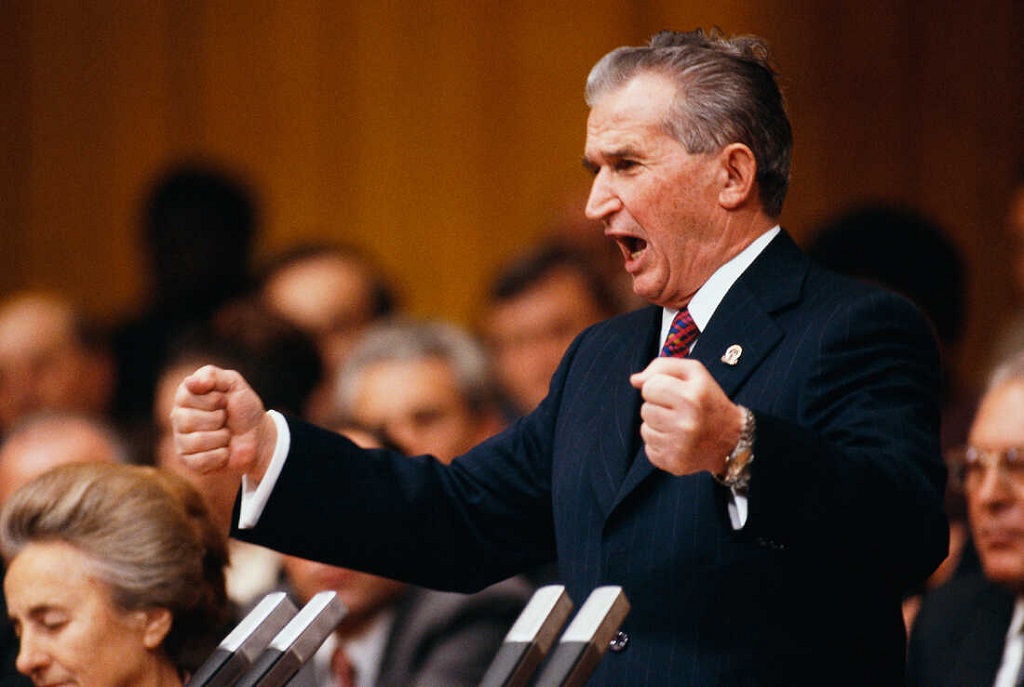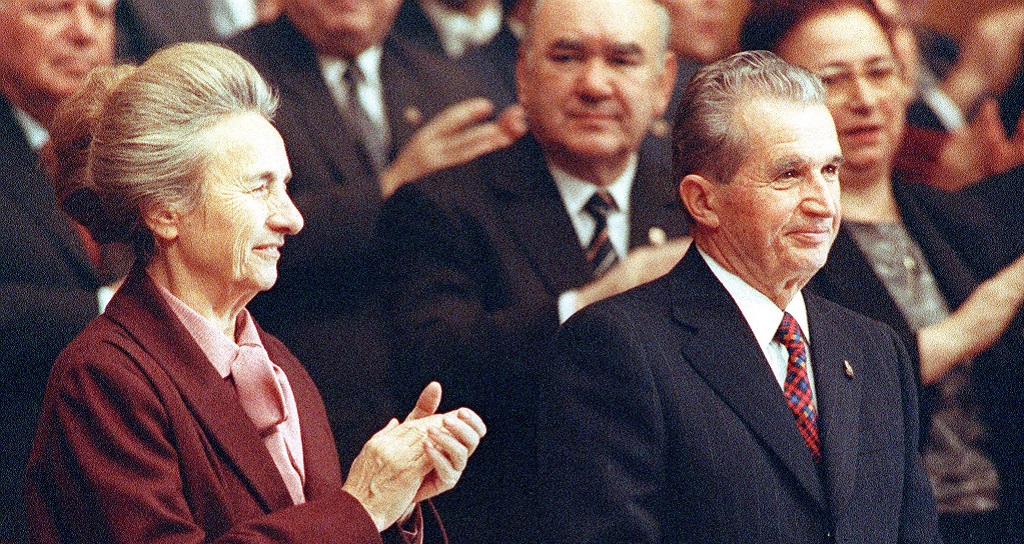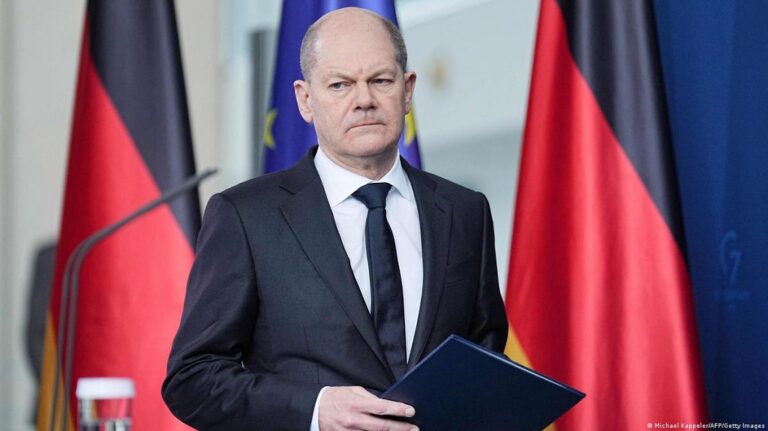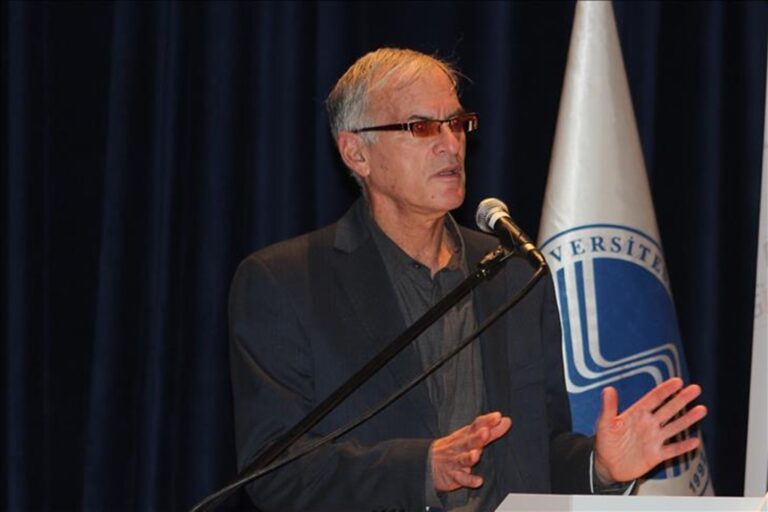Remembering Nicolae Ceausescu Death And Obituary: What Did He Do?

In remembering Nicolae Ceausescu death, does the chilling impact of that historic moment still send shivers down your spine? Find Out More
Nicolae Ceausescu, a name synonymous with both brutal dictatorship and ambitious modernization, ruled Romania with an iron fist from 1965 to 1989.
Initially a reformer, he loosened control and pursued economic self-sufficiency, but his regime soon devolved into a repressive cult of personality characterized by food shortages, economic hardship, and pervasive censorship.
Ceausescu’s rule achieved gains but stifled freedom, ending in his execution during the 1989 revolution.
Ceausescu’s legacy remains a complex tapestry, a cautionary tale of ambition gone awry, forever etched in Romanian history.
Also Read: Ian Sams Wikipedia: Who Is He? Wife And Family
Nicolae Ceausescu Death
Nicolae Ceausescu death in December 1989 marked the abrupt end of a 24-year authoritarian rule that had cast a dark shadow over Romania.
The abuse of a Hungarian priest in Timișoara on December 17th catalyzed the revolution, which was propelled by years of food shortages and economic suffering.
With his disjointed promises of a “victorious socialist future,” Ceausescu’s December 21st broadcast speech only served to increase popular dissatisfaction and spark a national uprising.
On December 22, when the demonstrations spread to Bucharest, Ceausescu and his spouse Elena made a last-ditch helicopter escape.
The army quickly stopped them in their tracks once it turned against them and supported the revolution.

The pair was judged guilty of genocide, misuse of authority, and economic ruin by a swift military tribunal.
The firing squad execution of Nicolae and Elena Ceausescu on Christmas Day, 1989, at Târgoviște, signified the symbolic end of a regime marked by tyranny and repression.
Nicolae Ceausescu’s death is still a somber event in Romanian history, signifying the fallout from unbridled power as well as the victory of a people longing for independence.
Though it ended an oppressive period, the event also sparked debate about justice, due process, and the complexity of revolution.
Ceausescu’s dictatorship remains a haunting reminder of authoritarian fragility and the ongoing quest for liberty in Romania.
Nicolae Ceausescu Obituary
Nicolae Ceausescu obituary, written after his death on December 25, 1989, captures the turbulent legacy of a man who controlled Romania for 24 years with an iron grip.
Ceausescu, who was born in 1918, came to power in 1965 when he was appointed General Secretary of the Romanian Communist Party.
This was the start of a harsh government distinguished by political purges, censorship, and an expensive cult of personality.
The obituary details the pivotal moments that brought about Ceausescu’s overthrow, such as the massive demonstrations that broke out in December 1989 as a result of the country’s economic woes and popular unhappiness.
His delirious December 21st broadcast speech only served to inflame the uprising.
When Ceausescu and his wife tried to escape Bucharest, the army caught them, and they were quickly tried by a military court and convicted of genocide, abuse of authority, and economic destruction.
The obituary highlights the complicated legacy that Ceausescu leaves behind while also acknowledging the satisfaction that many felt when his totalitarian reign came to an end.
Ceausescu’s dictatorship is a lasting reminder of unchecked power, raising timeless questions about justice and the cost of freedom.
What Did Nicolae Ceausescu Do?
The legacy of Nicolae Ceausescu is a fabric including both oppressive and progressive strands.
As a reformist who distanced Romania from the strict Stalinist policies of his predecessor, he came to power in 1965.
Ceausescu put policies into place that included opening up the economy, reducing censorship, and pursuing diplomatic relations with Western countries.
He made significant investments in heavy sectors like chemicals and steel to achieve quick modernization on the economic front.

But in doing so, important industries like agriculture were neglected, which resulted in chronic food shortages and stagnant living conditions.
A pervasive cult of personality typified the Ceausescu dictatorship. Perceived as unfailing leaders, Ceausescu and his spouse, Elena were often seen in public areas.
Ceausescu quickly clamped down on criticism, establishing an extensive network of secret police to keep an eye on dissidents.
Ceausescu accomplished certain achievements despite his authoritarian tendencies, like updating infrastructure, increasing access to healthcare, and lowering the rate of illiteracy.
In another act of national pride, he paid off Romania’s foreign debt.
These accomplishments weren’t without a price, though. For many Romanians, persistent shortages and falling living conditions were the result of Ceausescu’s fixation with self-sufficiency.
Widespread skepticism and unhappiness were fostered by the authoritarian regime’s suppression of cultural and intellectual expression.
Ceausescu’s 1989 death ended an era, leaving Romania modernized yet burdened by the lasting impact of authoritarianism and economic struggles.
His legacy, a complicated web of persecution and advancement, still looms large over Romania’s present and future.
Also Read: Ewa Zajączkowska-Hernik Wikipedia Edad: Spouse And Family






